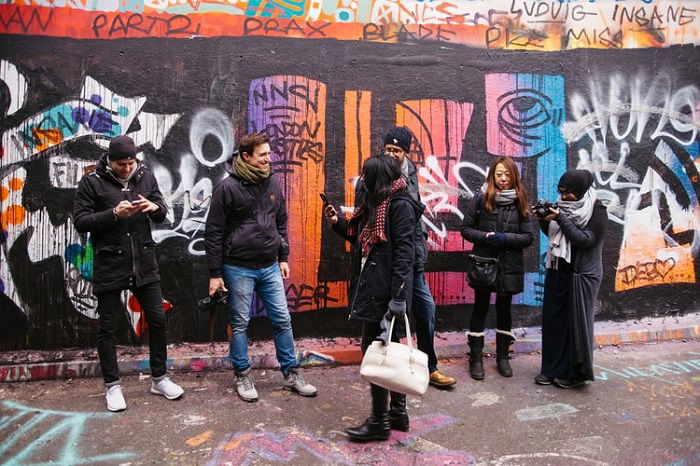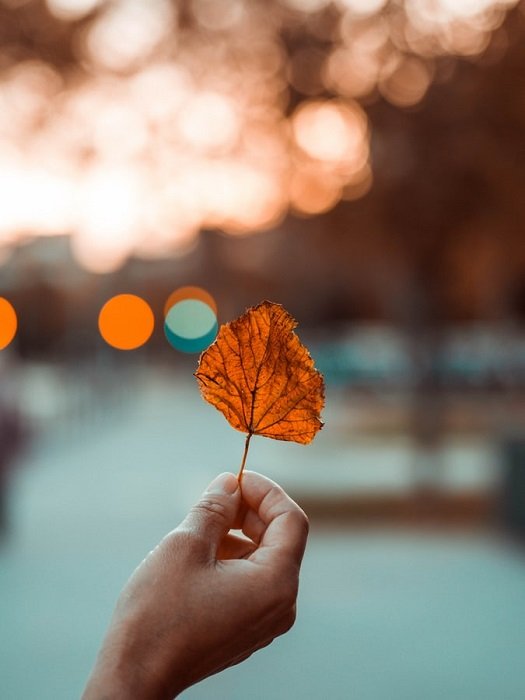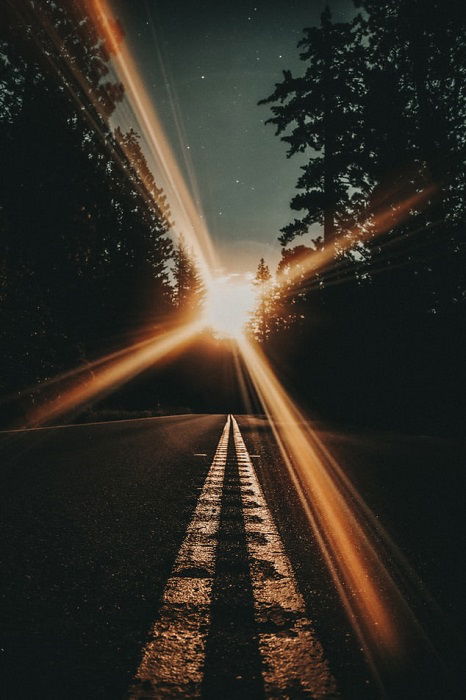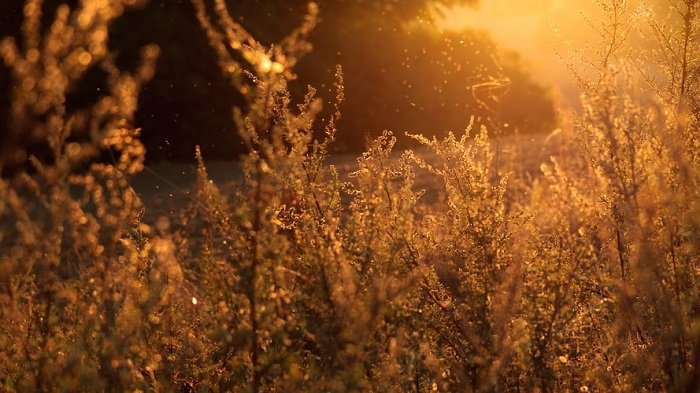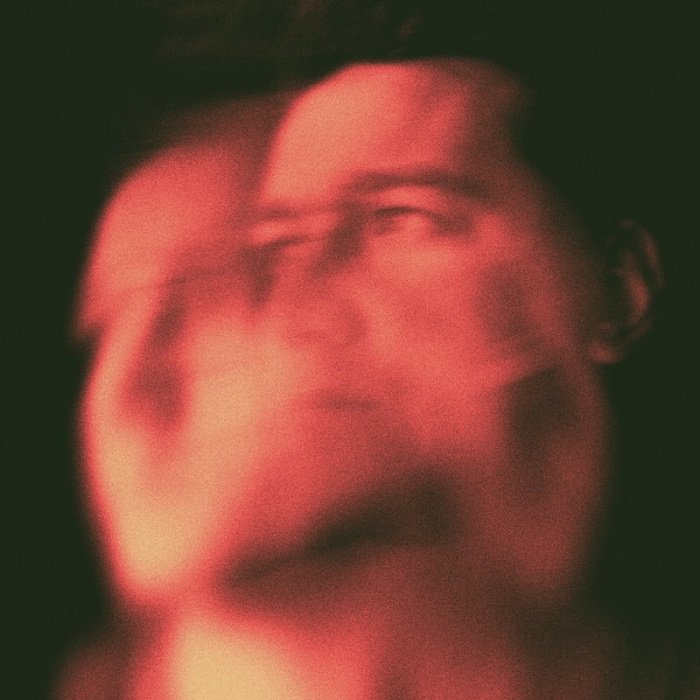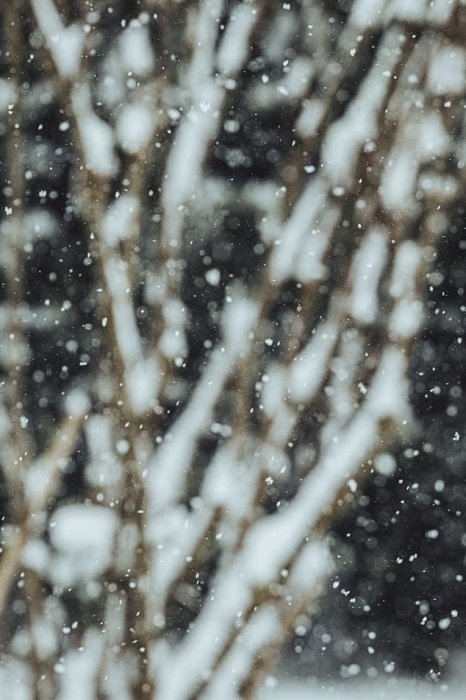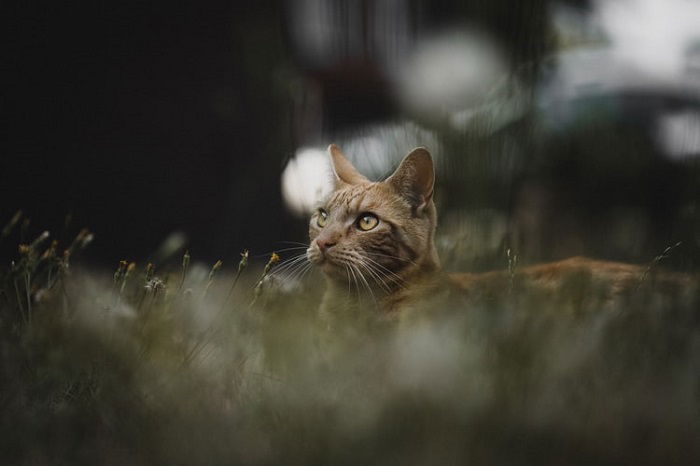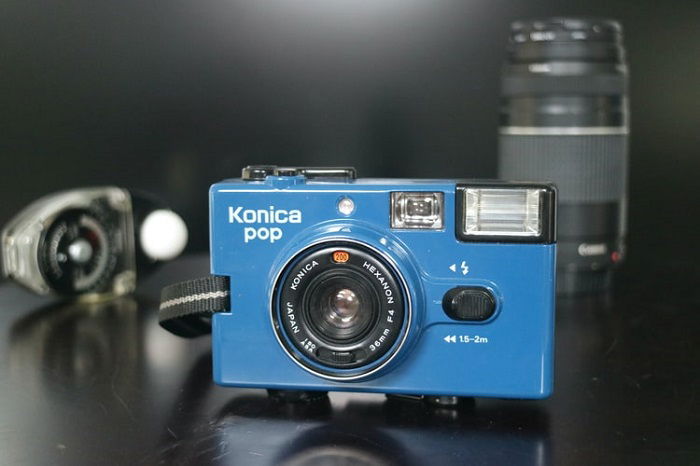But don’t worry. We have compiled a dictionary of photography slang and acronyms to help you. Take a look at the photography slang and phrases below, so that you don’t feel like a foreign exchange student next time you are with your photography colleagues.
Photography Slang: From A to Z
Aliasing: It’s where two objects in a digital image become indistinguishable from each other. This can be due to a lack of contrast or poor image resolution. Artefact: An artefact is something that degrades the quality of a photograph. It could be a hint of lens flare or a patch of distortion. On digital images, it could be an area of off-color pixels. Bigma: This is a slang name for the Sigma 50-500mm camera lens. It’s nicknamed the Bigma on account of its size. It is massive and has a huge focal range. Blown Out: An image is blown out when the white or brightly lit areas show no detail. It’s often caused by overexposure. Bokeh: This word is Japanese for ‘Out-of-Focus’. Bokeh is the soft blur effect when you use a shallow depth of field. It’s an effect often found in portrait or macro photography. Bracketing: Bracketing involves capturing a scene with three different exposure values to ensure the exposure is correct. Film photographers more commonly use it to get the proper exposure settings for a particular scene. It’s a technique often employed when using expired film. Cam-Jam: A Cam-Jam is someone who does not know anything about photography but manages to create great photographs. They are jammy with their camera. Candid: It’s a photography style that is entirely unplanned and natural. A candid photo is when the subject is unaware or not expecting to have their photo taken. Chimping: Chimping is constantly reviewing your images instead of photographing the scene.
Digital Lasagne: It’s a photography slang name for a Photoshop image file with many unnamed layers. Lasagne is a popular dish. But a digital lasagne can be frustrating when you are working with other photographers. Dust Bunny: Dust bunnies are those dust points on the camera’s sensor. They are hard to get rid of, and they create marks on your digital images. Fast/Slow Aperture: At first, it might seem strange to hear apertures referred to as fast or slow. The F stop refers to the size of the aperture, unlike shutter speed. But this is common in photography parlance. A wide aperture is “fast,” and a small aperture is “slow”. Fill-in: A fill-in is a smaller light that helps to support the leading light. They are used to create balance or reduce unwanted contrast. Flag: A flag stops light from hitting your subject. Flags are common in studio photography, primarily commercial and fashion photography. Flare: Lens flare occurs when a strong source of light directly hits the lens elements. The effect on the lens glass creates bright spots or streaks on your image. It’s common when you are shooting toward the sun. Frame: Framing your image is where you are determining the edges of your shot. The frame is the outer limits of your shots. By filling your frame, you are selecting what your image contains. Fringing: Fringing, also known as purple fringing, is a photography term that refers to a purple colouration found around the edges of dark objects. It appears when dark objects are positioned on a light background. It’s more common with digital photography.
Giffing: A photographer that’s giffing is creating images they want to turn into a GIF. Glass: If someone asks you what “glass” you are using, they are talking about your lens. Gobo: A gobo is an object used to create shadows and light patterns in your image. They are usually placed inside or in front of your light source. It can be anything that affects the light in your image. Golden Hour: The golden hour is not exactly an hour, but it refers to before sunset and after sunrise. It’s the time of day when the sun sits low in the sky. At these times, the light seems golden, and the shadows are longer. Grad: A grad is a slang name for a graduated neutral-density filter. A grad is used to bring an overly bright section of a shot into the camera sensor’s dynamic range. Grafikking: This slang term refers to someone using many layers of Photoshop filters on one image. Grafikking has negative connotations as using too many filters is considered bad practice. Grip and Grin: This is when you give someone minimal warning before you take a picture of them. You grip your camera, and they grin all in the space of a few seconds. Grip and Rip: If you grip and rip, you are taking lots of pictures in quick succession with no particular purpose. You are shooting hundreds of shots almost at random. Gump: A Gump is a photographer who is great in many different photography fields. Originating from the film Forrest Gump, the term refers to a photography all-rounder.
Halos: Halos are a photography artefact caused by large amounts of photo editing. They are bright circles that appear in areas of high contrast. They are similar to halos found in religious paintings. Lossy Vs. Lossless: Lossy is a photography term that refers to a file format that loses quality. A JPEG, for example, is lossy. A lossless file, just as a RAW file, does not lose quality. Machine Gunner: This photography slang term relates to a photographer that takes many shots of the same thing. They take multiple shots even though they only need one. Marching Ants: If someone’s talking about marching antes, they are probably talking about the dotted line that appears when selecting an image file on Photoshop. The moving dots resemble ants. Moiré: It’s a technical term found in art and physics. Moire is an effect found when two ruled patterns are overlaid. The pattern loses clarity and appears distorted. Muddy: If a photo is muddy, the colors are very similar, and nothing in the image stands out. Photos can be muddy if they contain a lot of earthy colors.
Nifty Fifty: This refers to a fast yet cheap 50mm lens. The 50mm lens is often referred to as a standard lens as the focal length is similar to the human eye. NoFilter: You will see this hashtag all over social media. People use it to tell the viewer that no Photoshop or Instagram filters have been used. Noise: Noise is a type of distortion that has a granular effect. In film photography, this is called grain. Grain is a feature of films with a higher ISO, particularly black and white. With digital photography, noise is caused by sensor pixels struggling for light. Noisy: If your image exhibits a lot of noise or grain, it is called noisy. Photobomb: Photobombing is when you appear in a photo you are not meant to be in. You can do this accidentally or intentionally. Pixel Peeping: This slang term means zooming into your image to see the pixels. If you are zooming in 100% or more, you are a pixel peeper. Prime: A prime lens is a fixed focal length and has no zoom capabilities. A zoom lens, on the other hand, has a variable focal length. Raw: This file format captures all possible information from a scene. A RAW file loses no information through compression and is bigger than a standard image file. A RAW file is typically 5x large than a JPEG.
Scheimpflug Principle: This is a technical term used to describe the relationship between the plane of focus and the camera’s image plane. Usually, the lens and image (sensor) plane are parallel to the plane of focus. This principle is used to correct the image when they are not parallel. Scrim: A scrim is a piece of material used to reduce the light intensity in your shots. They can be solid or partially transparent. And you place them between the light source and your subject. Selfie: A selfie is a simplified version of a self-portrait. They are common on social media and often taken on a smartphone camera. Sharp: In photography, sharp refers to the level of focus. It means that your subject is perfectly in focus, and the lines are clearly defined. It’s the opposite of a soft focus. Shoot and Burn: A photographer that shoots pictures and burns them onto a CD/DVD. The clients get ALL images, whether good or bad. Shutter Nutter: They are the photographers who have crazy, over-the-top projects. Shutter-bug: This is a slang name for a beginner photographer with a lot of enthusiasm. Soft: A soft image is slightly out of focus. The lack of focus softens the lines and edges in your photo. It’s the opposite of a sharp focus. Spray and Pray: A photographer who takes multiple images without looking. They shoot from the hip and pray for the best. Imagine Rambo with a camera. Stop: In terms of photography, stop can refer to the aperture, shutter speed, or ISO. You can increase or decrease each by standardised increments. And each increment is referred to as a stop. If you change the ISO from 200 to 400, that is one stop. Tog/Photog: It’s short for a photographer. A Street Tog is slang for a street photographer. Touching up: As a photography term, touching up means enhancing your image in post-processing. Uncle Bob: The relative at a wedding that gets in the way, with their own camera. Xpro: Photography term for ‘cross processing’. This is when you take a C-41 roll of film and process it with E-6 chemicals.
Photography Acronyms
Now you are up to date with all the photography slang, you will be sounding professional in no time. But don’t run off to the studio just yet. There is still a catalog of abbreviations and acronyms you need to understand.
ACR: Adobe Camera Raw. This is the Raw file converter for Adobe programs, such as Photoshop. AF: Auto Focus. This lets your camera focus automatically. ASS: Accidental Selfie Syndrome. It’s a term used when someone holds the camera the wrong way and accidentally takes a picture of themselves. ATGNI: All The Gear, No Idea. This phrase refers to a person who has all the camera equipment you can think of but has no idea how to use it. B&W: Black and White. BIF: Birds In Flight. This is a term for the autofocus ability of a camera. If the autofocus is BIF, it will track and focus a bird while it is flying. This is a general term referring to the quality of an autofocus system. It’s not exclusive to bird photographers. C&C: Comments and Critiques. This lets people know the photographer would like to hear feedback. CC: Creative Commons. A creative commons image allows other people to edit and use but under a license. CCD: Charged-Coupled Device. It’s a type of sensor mainly used by Leica or Astrophotography cameras. CMOS: Complementary Metal-Oxide Semiconductor. Most DSLRs and other digital cameras have this type of sensor.
DNG: Digital Negative, which is an open-source Raw file format. DOF: Depth Of Field. This photography term refers to the range of focus in your image. A higher aperture gives you a wider range of focus, and a lower aperture gives you a shallow depth of field. DSLR: Digital Single Lens Reflex. It’s a digital camera that uses the traditional mirror and shutter mechanism. ETF: Easy on The Filter. Shorthand for asking someone to reduce the number of filters they use. FF: Full Frame. A full frame camera has a larger image sensor than a crop sensor camera. Full frame can refer to the sensor or the camera itself. GI-GO: Garbage-In, Garbage-Out. As a photography term, it means that if you use the incorrect exposure setting, you will get bad results. HDR: High Dynamic Range. This style of shooting involves combining multiple exposures to achieve a greater dynamic range. IQ: Image Quality. JPEG/JPG: A common file format for picture images. It has a lower quality than Raw files. And the acronym stands for Joint Photographic Experts Group. LR: Lightroom. Another image editing software program from Adobe. MDL: Mutton-Dressed as Lamb. Photographers who over process their images using HDR.
OCF: Off-Camera Flash. It’s a flash that is not attached to your camera. It can be moved independently from the camera for different effects. OOF: Out Of Focus. Any shot that does not have a ‘sharp’ focus. P&S: Point and Shoot. This term refers to an automatic camera with a fixed lens. You point it at your subject and press the button. That’s all you need to do. The camera does the rest. PM: Photo Mechanic. A front-end image-ingesting, tagging and browsing software. PP: Post-Processing. Any work you do to an image after it has been captured. This includes cropping, local adjustments, etc. PS: Photoshop. One of the most popular and important image editing programs by Adobe. PSE: Photoshop Elements. This is an editing software by Adobe. PX: Short for Pixel. An 8-megapixel sensor will give you an image that measures 3266 x 2450 pixels. RTFM: Read the F**king Manual. This term refers to someone who asks the same basic questions over and over again. SIF: Secret Internet Fatty. Someone who is very apt at hiding or scaling back a person’s extra weight on an image. SLR: Single Lens Reflex. The camera works by alternating the view and scene capture by the use of a mirror. SOOC: Straight Out Of Camera. The image is as it was directly after being captured in the camera. There are no filters, and nothing has been done on Photoshop.
Conclusion
Even if you are working with the most experienced professional, you will now be able to understand the jargon. And you will even be able to join in with the conversation, even if things get technical. Photography slang is developing all the time, so there might be some terms we have missed. But our dictionary will give you enough to get started with. Now you will not feel like a foreigner in the land of photography. Now that you know the lingo, get off auto-mode and take stunning photos in real life with Photography Unlocked!
